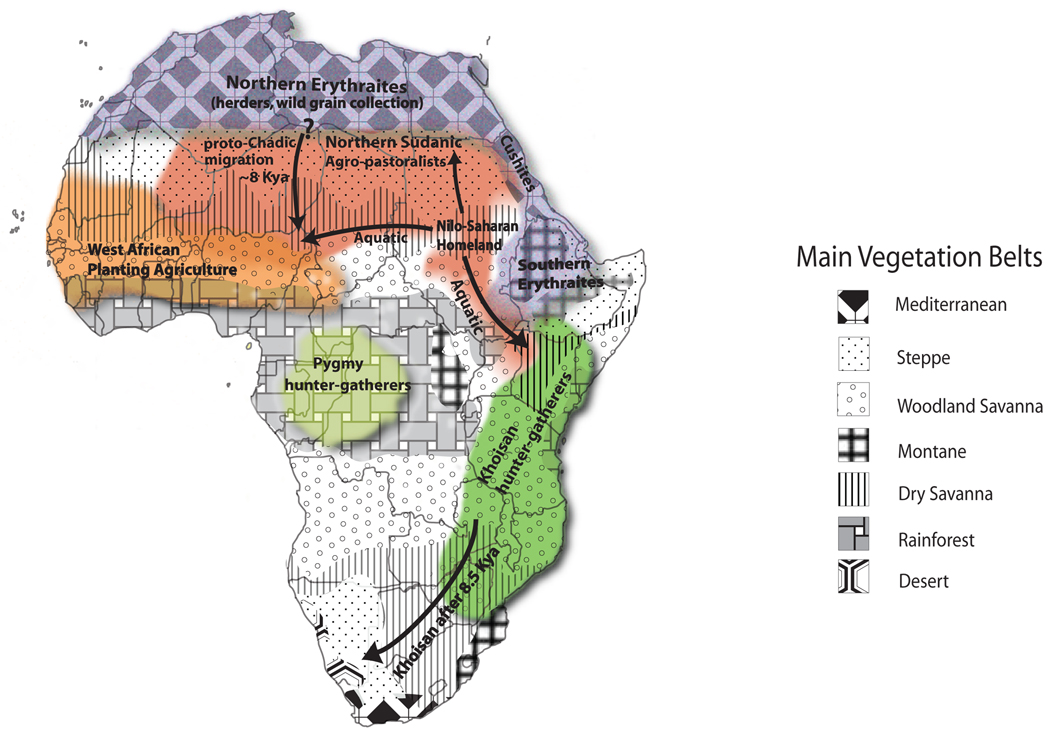Figure 3. Map of African climate, vegetation and culture in the early Holocene (adapted from Maps 5 and 6 in reference [6]).
Following a period of dramatic increase in rainfall ~10.5 kya, the expansion of both rainforest vegetation in the Congo Basin and woodland savanna farther north and south of the rainforest belt, as well as the expansion of tropical steppe and grassland vegetation into the Sahara region occurred. New lakes also appeared, while old lakes grew in size along the southern edges of the Sahara [6]. Between 10.5 – 8.5 kya, several key demographic events occurred among culturally distinct ancestral African populations, including the migration of Nilo-Saharan-speakers from their homeland in Sudan northward to the dry tropical steppe vegetation of the eastern Sahara where they practiced agropastoralism [6]. Northern Erythraites (Afroasiatic-speakers) also lived mainly in the Mediterranean climate of the northern Sahara where they engaged in herding and wild grain collection[6]. The distributions of these cultural groups, among others depicted on this map, roughly correspond to the present-day distribution of major linguistic groups in Africa (Refer to Figure 1). The shift from dry to wetter climatic conditions in the early Holocene likely provided an opportunity for ancestral Africans to develop cultural traditions, such as agriculture and herding, in a more favorable environment leading to further technological developments in Africa [6].

